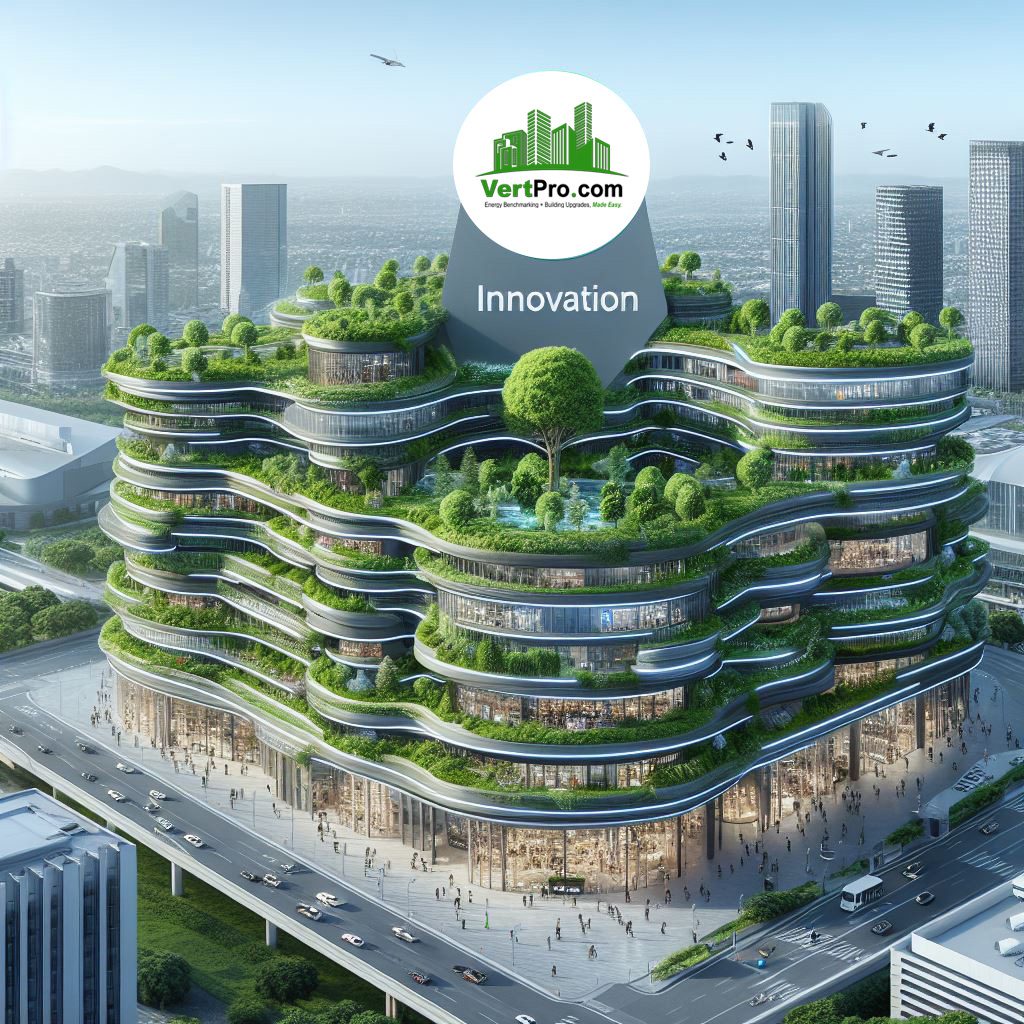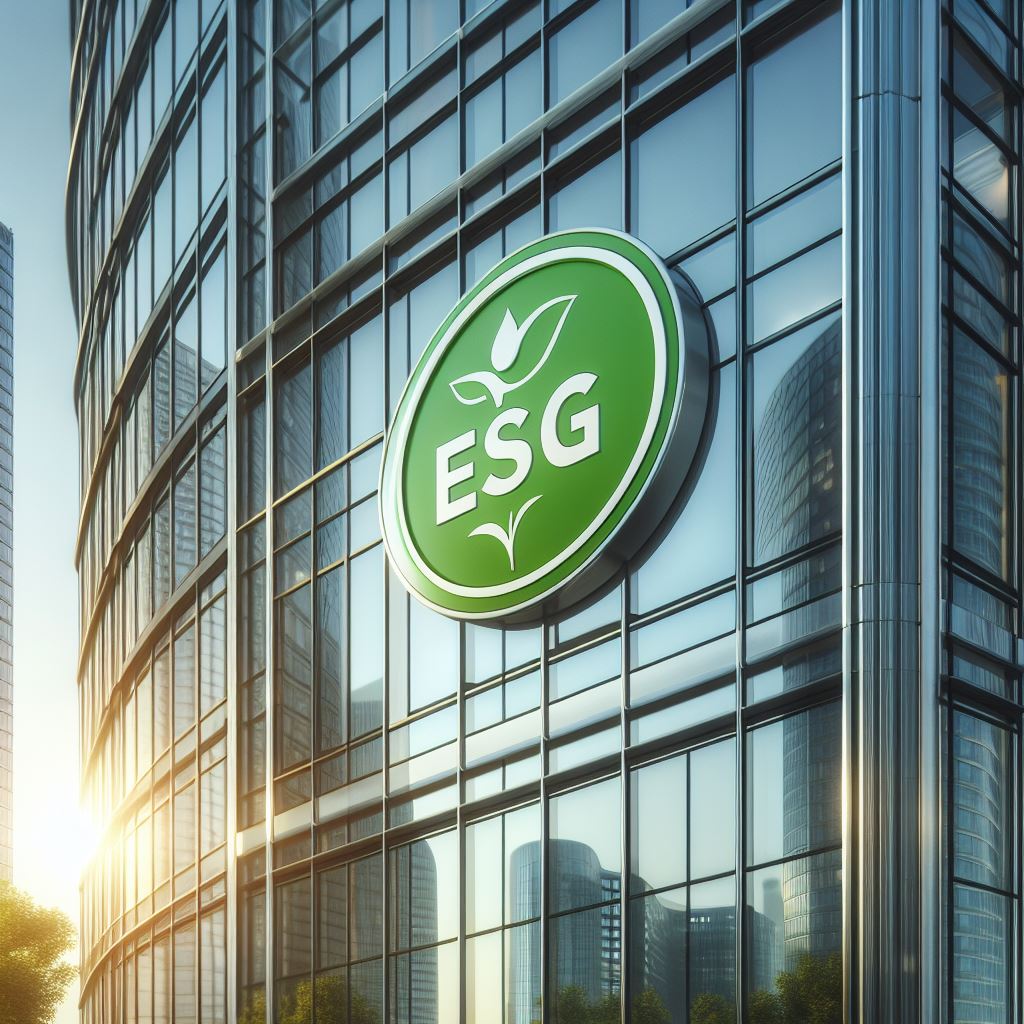I. Introduction
In an era grappling with climate change and resource depletion, optimizing energy use in commercial buildings is not just a fiscal priority—it’s an environmental imperative. These structures are a substantial hub of human activity, demanding vast amounts of energy to light, heat, cool, and operate. Yet, as the need for energy efficiency intensifies, the solution may lie in leveraging the potential of Artificial Intelligence (AI). AI’s growing influence over various sectors now extends into the realm of energy management, where it promises to revolutionize the way we understand and interact with our built environments. This blog will explore the role AI plays in enhancing energy optimization in commercial buildings, promising a future where efficiency is seamlessly integrated into the fabric of building management.
II. Understanding Commercial Building Energy Use

Commercial buildings stand as modern-day powerhouses, consuming electricity at a rate that underscores the urgency for efficient energy management. From sprawling shopping centers to towering office buildings, these structures require constant energy input. The U.S. Energy Information Administration (EIA) notes that as of 2022, the commercial sector accounted for approximately 9.58 quadrillion Btu (or quads) total U.S. energy consumption. Within these figures, lighting systems remain a major consumer, despite the gradual shift towards more energy-efficient LED technology. Additionally, HVAC systems are among the largest consumers of energy in commercial spaces, often due to outdated equipment or inefficient operation.
Managing this consumption is laden with complexities. Energy needs fluctuate based on various factors such as weather, occupancy, and the specific uses of a building. Traditional energy management strategies—though well-intentioned—often fall short in addressing these dynamic conditions, leading to either unnecessary energy waste or compromised occupant comfort. Fortunately, AI emerges as a beacon of hope in this scenario, offering sophisticated solutions to these persistent challenges.
III. Artificial Intelligence and Energy Optimization
At the heart of AI’s promise for energy optimization is its core ability to process and analyze vast amounts of data far beyond human capability. AI and its subset, Machine Learning (ML), are at the forefront of this analytical revolution. Through algorithms that learn from historical data, AI systems can predict future patterns and behaviors with increasing accuracy. In the context of commercial buildings, this means being able to anticipate energy needs down to granular details like the number of occupants in a room at any given time, the amount of sunlight penetrating the space, or the operational status of critical equipment.
IV. Use Cases of AI in Energy Management
The practical benefits of AI in energy management are best illustrated through real-world applications that showcase the tangible differences AI can make.
Case Study 1: AI-powered Building Management Systems (BMS)
AI enhances BMS by integrating predictive analytics and intelligent automation. For example, consider Google’s AI-powered BMS, which achieved significant energy savings in data center operations through its AI company, DeepMind. Traditional BMS might schedule HVAC operations based on static times or occupancy estimates. In contrast, an AI-driven system can dynamically adjust in real-time to actual conditions, reducing energy usage without sacrificing comfort.
Case Study 2: Predictive Maintenance with AI
AI’s predictive maintenance can preemptively identify potential equipment failures before they occur, ensuring that operations continue smoothly without the energy spikes often associated with system faults or emergency repairs. Siemens’ smart building technologies employ AI to monitor system performance continuously and forecast necessary maintenance, which not only optimizes energy use but can also extend the life span of critical building infrastructure.
Case Study 3: AI in HVAC System Optimization
Johnson Controls offers another compelling example of AI within HVAC optimization. Their AI-driven solutions consider real-time data on weather, occupancy, and building insulation characteristics to fine-tune HVAC operations. This targeted approach can lead to drastic reductions in energy use while maintaining optimal comfort levels for occupants.
V. The Benefits of AI in Commercial Building Energy Use
The integration of AI into commercial building energy management ushers in a host of advantages:
Energy Conservation and Cost Savings: The most direct benefit of AI-driven energy optimization is the substantial reduction in energy consumption, leading to significant cost savings. This has a direct positive impact on the bottom line, making businesses more competitive and sustainable.
Increased Operational Efficiency: AI can automate complex processes, freeing up human resources for other tasks and reducing the risk of human error. As operational efficiency improves, facilities can focus on proactive improvements rather than reactive fixes.
Enhanced Building Comfort: AI’s ability to adjust environmental controls in real-time ensures optimal comfort for building occupants. Satisfied tenants are more likely to remain in a space, reducing turnover rates and associated costs.
Contribution to Sustainability Goals: By curbing energy waste, AI fundamentally supports broader sustainability efforts, aligning with objectives like LEED certification and reducing the overall carbon footprint of the commercial real estate sector.
VI. Current Limitations and Future Potential
 Despite the numerous benefits, the adoption of AI in energy optimization does not come without challenges. Among these are concerns about the security and privacy of data, the need for skilled personnel to oversee and interpret AI systems, and the upfront costs associated with implementing such technology. Moreover, the complexity of AI algorithms may foster unease regarding their decision-making processes, fostering a need for greater transparency.
Despite the numerous benefits, the adoption of AI in energy optimization does not come without challenges. Among these are concerns about the security and privacy of data, the need for skilled personnel to oversee and interpret AI systems, and the upfront costs associated with implementing such technology. Moreover, the complexity of AI algorithms may foster unease regarding their decision-making processes, fostering a need for greater transparency.
Yet, as AI technology matures and more user-friendly platforms emerge, these limitations are set to diminish. The future promises smarter, more intuitive AI technologies that could lead to the development of self-regulating buildings, autonomously adapting to internal and external changes to optimize energy use in real-time.
VII. Conclusion
The role of AI in optimizing commercial building energy use is multifaceted and burgeoning. From maximizing operational efficiency to contributing to global sustainability efforts, AI-driven energy management systems are the pinnacle of modern building operation. As technology continues to evolve, it becomes increasingly clear that the integration of AI is not merely beneficial but essential for forward-thinking energy management in commercial buildings.
The transformation of commercial real estate through AI is not a distant vision; it’s unfolding now, reshaping our approach to energy conservation. Adopting AI in this context represents a paradigm shift—a move towards not only smarter buildings but a smarter, more sustainable future. The industry is at the cusp of a technological revolution, with AI poised to redefine the benchmarks for energy optimization in commercial real estate for years to come.
VertPro.com serves as a resourceful platform for property owners and managers seeking to enhance their buildings’ energy efficiency. The site offers a range of services, including Commercial Energy Audits, Benchmark Compliance consultancy, and a Construction Marketplace. At the heart of VertPro® is a suite of SaaS technology-based solutions designed to assist in navigating the complexities of Energy Benchmarking and Energy Audits/RCx Plus, while ensuring adherence to over 60 Energy Benchmarking and Energy Efficiency Laws across the country.
For those looking to improve their property’s energy usage and operational value, VertPro.com provides a diverse array of tools and information. The site aims to facilitate a better understanding of energy efficiency practices and legislation, helping building owners and property managers make informed decisions about their energy strategies while complying with all energy ordinances and laws.















